Audi 2014 Annual Report Download - page 155
Download and view the complete annual report
Please find page 155 of the 2014 Audi annual report below. You can navigate through the pages in the report by either clicking on the pages listed below, or by using the keyword search tool below to find specific information within the annual report.-
 1
1 -
 2
2 -
 3
3 -
 4
4 -
 5
5 -
 6
6 -
 7
7 -
 8
8 -
 9
9 -
 10
10 -
 11
11 -
 12
12 -
 13
13 -
 14
14 -
 15
15 -
 16
16 -
 17
17 -
 18
18 -
 19
19 -
 20
20 -
 21
21 -
 22
22 -
 23
23 -
 24
24 -
 25
25 -
 26
26 -
 27
27 -
 28
28 -
 29
29 -
 30
30 -
 31
31 -
 32
32 -
 33
33 -
 34
34 -
 35
35 -
 36
36 -
 37
37 -
 38
38 -
 39
39 -
 40
40 -
 41
41 -
 42
42 -
 43
43 -
 44
44 -
 45
45 -
 46
46 -
 47
47 -
 48
48 -
 49
49 -
 50
50 -
 51
51 -
 52
52 -
 53
53 -
 54
54 -
 55
55 -
 56
56 -
 57
57 -
 58
58 -
 59
59 -
 60
60 -
 61
61 -
 62
62 -
 63
63 -
 64
64 -
 65
65 -
 66
66 -
 67
67 -
 68
68 -
 69
69 -
 70
70 -
 71
71 -
 72
72 -
 73
73 -
 74
74 -
 75
75 -
 76
76 -
 77
77 -
 78
78 -
 79
79 -
 80
80 -
 81
81 -
 82
82 -
 83
83 -
 84
84 -
 85
85 -
 86
86 -
 87
87 -
 88
88 -
 89
89 -
 90
90 -
 91
91 -
 92
92 -
 93
93 -
 94
94 -
 95
95 -
 96
96 -
 97
97 -
 98
98 -
 99
99 -
 100
100 -
 101
101 -
 102
102 -
 103
103 -
 104
104 -
 105
105 -
 106
106 -
 107
107 -
 108
108 -
 109
109 -
 110
110 -
 111
111 -
 112
112 -
 113
113 -
 114
114 -
 115
115 -
 116
116 -
 117
117 -
 118
118 -
 119
119 -
 120
120 -
 121
121 -
 122
122 -
 123
123 -
 124
124 -
 125
125 -
 126
126 -
 127
127 -
 128
128 -
 129
129 -
 130
130 -
 131
131 -
 132
132 -
 133
133 -
 134
134 -
 135
135 -
 136
136 -
 137
137 -
 138
138 -
 139
139 -
 140
140 -
 141
141 -
 142
142 -
 143
143 -
 144
144 -
 145
145 -
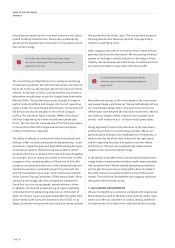 146
146 -
 147
147 -
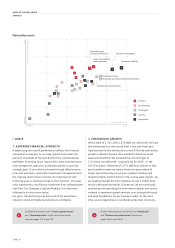 148
148 -
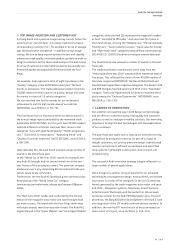 149
149 -
 150
150 -
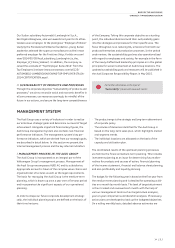 151
151 -
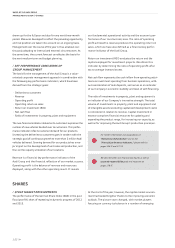 152
152 -
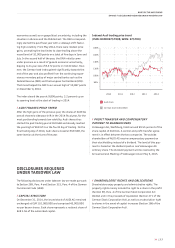 153
153 -
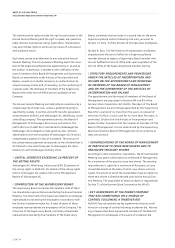 154
154 -
 155
155 -
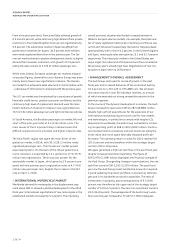 156
156 -
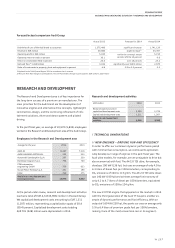 157
157 -
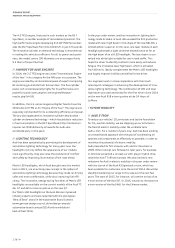 158
158 -
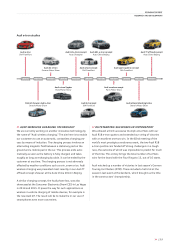 159
159 -
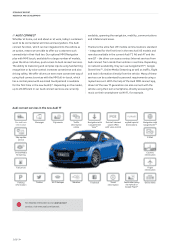 160
160 -
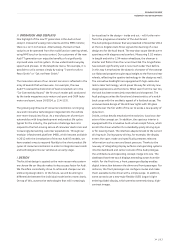 161
161 -
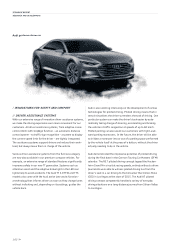 162
162 -
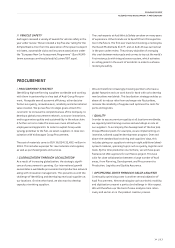 163
163 -
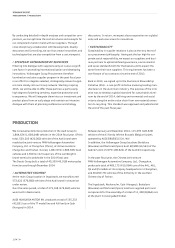 164
164 -
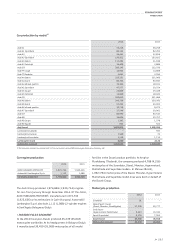 165
165 -
 166
166 -
 167
167 -
 168
168 -
 169
169 -
 170
170 -
 171
171 -
 172
172 -
 173
173 -
 174
174 -
 175
175 -
 176
176 -
 177
177 -
 178
178 -
 179
179 -
 180
180 -
 181
181 -
 182
182 -
 183
183 -
 184
184 -
 185
185 -
 186
186 -
 187
187 -
 188
188 -
 189
189 -
 190
190 -
 191
191 -
 192
192 -
 193
193 -
 194
194 -
 195
195 -
 196
196 -
 197
197 -
 198
198 -
 199
199 -
 200
200 -
 201
201 -
 202
202 -
 203
203 -
 204
204 -
 205
205 -
 206
206 -
 207
207 -
 208
208 -
 209
209 -
 210
210 -
 211
211 -
 212
212 -
 213
213 -
 214
214 -
 215
215 -
 216
216 -
 217
217 -
 218
218 -
 219
219 -
 220
220 -
 221
221 -
 222
222 -
 223
223 -
 224
224 -
 225
225 -
 226
226 -
 227
227 -
 228
228 -
 229
229 -
 230
230 -
 231
231 -
 232
232 -
 233
233 -
 234
234 -
 235
235 -
 236
236 -
 237
237 -
 238
238 -
 239
239 -
 240
240 -
 241
241 -
 242
242 -
 243
243 -
 244
244 -
 245
245 -
 246
246 -
 247
247 -
 248
248 -
 249
249 -
 250
250 -
 251
251 -
 252
252 -
 253
253 -
 254
254 -
 255
255 -
 256
256 -
 257
257 -
 258
258 -
 259
259 -
 260
260 -
 261
261 -
 262
262 -
 263
263 -
 264
264 -
 265
265 -
 266
266 -
 267
267 -
 268
268 -
 269
269 -
 270
270 -
 271
271 -
 272
272 -
 273
273 -
 274
274 -
 275
275 -
 276
276 -
 277
277 -
 278
278 -
 279
279 -
 280
280 -
 281
281 -
 282
282 -
 283
283 -
 284
284 -
 285
285 -
 286
286 -
 287
287 -
 288
288 -
 289
289 -
 290
290 -
 291
291 -
 292
292 -
 293
293 -
 294
294
 |
 |

ECONOMIC REPORT
BUSINESS AND UNDERLYING SITUATION
>>
155
BUSINESS AND
UNDERLYING SITUATION
/
GLOBAL ECONOMIC SITUATION
The global economy expanded by 2.7 (2.6) percent in the 2014
fiscal year. For all the lingering structural challenges, the
overall economic situation improved in many industrial nations.
This contrasted with economic developments in a number of
emerging economies, which were hampered by exchange rate
fluctuations and structural deficits. Though many central
banks adhered to expansionary monetary policies, average
inflation for the year remained at a moderate level overall.
In Western Europe, the economy managed to break out of
stagnation with growth reaching 1.2 (0.0) percent. Most
northern countries of Western Europe achieved steady growth
in gross domestic product, while the countries further south
drew closer to moving out of recession. As a result, the unem-
ployment rate declined to 10.7 (11.2) percent, but remained
above the long-term average. Unemployment rates were much
higher in Greece and Spain.
The German economy enjoyed a moderate upturn in 2014 and
achieved growth of 1.5 (0.2) percent, mainly thanks to the
continuing favorable trend in the labor market and positive
consumer sentiment.
While Central European countries enjoyed a positive economic
development in the past year, the economic situation in Eastern
Europe deteriorated in the wake of tension between Russia and
Ukraine. Economic growth in Russia continued to decline, with
gross domestic product growing by only 0.4 (1.3) percent.
After weather conditions contributed to a subdued start to the
year, economic momentum in the United States increased as the
year progressed. Fueled by falling unemployment rates and
consistently positive consumer confidence, the U.S. economy
expanded by 2.4 (2.2) percent in 2014.
The South America region achieved no better than moderate
economic growth. Gross domestic product in Brazil, for example,
remained flat due to structural problems, falling investment
and weak consumer spending, contrasting with 2.5 percent
growth in the previous year.
The highest rate of growth in 2014 was again achieved in the
Asia-Pacific region. Economic growth in China slowed somewhat
but remained robust at 7.4 (7.7) percent. Gross domestic prod-
uct in Japan was overshadowed by tax increases and thus grew
only marginally by 0.2 (1.6) percent.
/
INTERNATIONAL CAR MARKET
Worldwide demand for cars grew at a rate of 4.5 percent in
2014 to 73.4 (70.3) million passenger cars – a new all-time
record. More vehicles were sold primarily in the Asia-Pacific,
North America, Western Europe and Central Europe regions,
while demand in Eastern Europe and South America was down.
In Western Europe, overall market demand continued to stabi-
lize in the past fiscal year. 12.1 (11.5) million vehicles were
newly registered there, an increase of 4.9 percent. Vehicle
sales were nevertheless still significantly below the pre-crisis
level of 2007, when 14.9 million passenger cars were sold.
ECONOMIC REPORT
In a challenging market environment, the Audi Group was again able to
maintain its course of growth in 2014, increasing deliveries of the core
brand Audi by 10.5 percent to the new record total of 1,741,129 cars. This
led to new sales records being established in over 50 individual markets.
